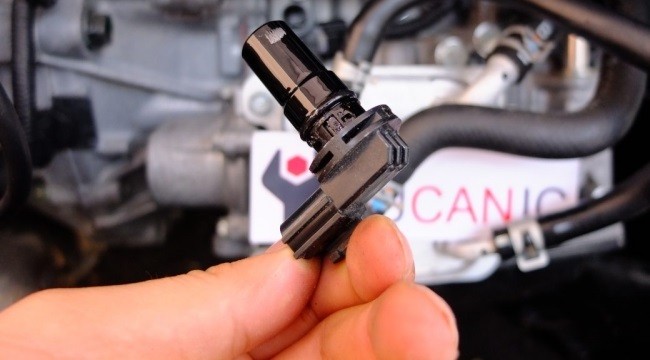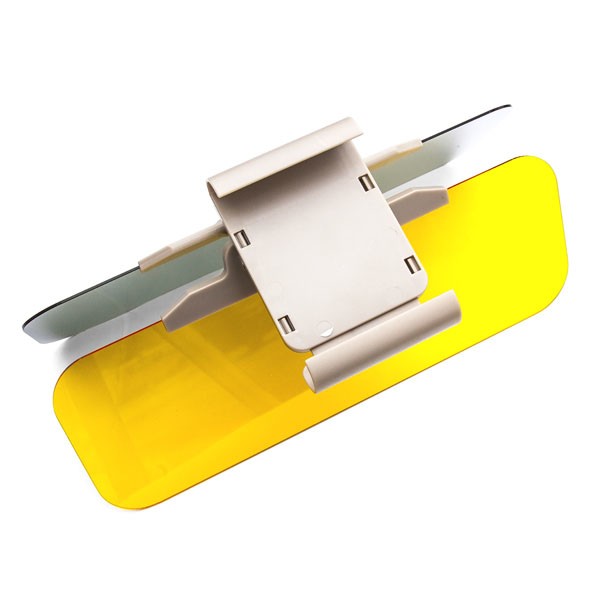
Symptoms of a Faulty or Faulty Speed Time Sensor
Content
Common symptoms include shifting problems, Check Engine light on, vehicle not starting, and loss of engine power.
One of the most important settings your engine needs is proper ignition timing. Back in the "old days", manual systems like distributor, dots, and coil worked together to mechanically control ignition timing for engines. If you want to change the ignition timing, the mechanic will have to physically adjust the distributor and set it with a timing indicator. Things have changed in recent years as modern engines use multiple electronic devices to control and adjust ignition timing on the fly. One such component is the speed synchronization sensor.
The speed sensor is mounted on the engine block and is a magnetic coil. It reads the teeth of the crankshaft as it rotates to determine the speed of rotation. It then sends this information to the engine control module to tell how the engine is running. From there, settings are adjusted to improve engine performance.
The ability to monitor engine efficiency in “real time” allows the vehicle to save fuel, operate at peak efficiency, and can extend the life of parts. However, like any other sensor, it is prone to damage or failure and will display several warning signs to indicate that there is a potential problem. The following are some of the common signs of a worn or faulty speed sync sensor.
1. Transmission is hard to shift
One of the main jobs of the speed sync sensor is to monitor engine RPM and send that information to the ECU, which tells the transmission it's time to upshift or downshift. If the speed sensor is faulty or sends inaccurate data, the engine speed will rise before the transmission shifts up. You will notice this problem if you are accelerating to highway speed and the transmission seems to take a long time to upshift. If you notice this symptom, it's best to contact your local ASE certified mechanic as soon as possible so they can replace the speed sync sensor if it is the source of the problem.
2. Check Engine light comes on.
The check engine light is usually the first sign that there is a problem with the engine sensor. Whenever a fuel, electronic, or safety sensor is faulty or sends incorrect information to the vehicle's ECU, the Check Engine light on the dashboard will come on. Although many motorists tend to ignore the Check Engine light, in this case, it can cause significant damage to your engine, transmission, and entire transmission if the speed sensor is the culprit.
Every time the Check Engine light comes on, you should go to a mechanic who will come with a diagnostic scanner that can download the error codes from the computer and help them diagnose the exact problem.
3. Car won't start
If the speed time sensor fails, it will not be able to send a signal to the car's on-board computer. This will disable the ignition system and you will not be able to start the car. This is due to the fact that the on-board computer will not be able to calculate the engine speed. This causes the fuel system and ignition system to shut down, as incorrect ignition timing can lead to catastrophic engine failure. If your car won't start, see a certified mechanic to determine why this is happening.
4. Loss of engine power
Another common sign of a broken speed time sensor is a loss of engine power. This will be due to the engine's inability to adjust timing as the vehicle travels down the road. Usually, the default engine computer reduces the engine running time or (delays time), which reduces power. When you notice that your car, truck, or SUV is running slower, you should contact your local mechanic to have it road tested to determine why this is happening. There are several problems that can cause this warning sign, so it's best to have a mechanic pinpoint the exact cause.
It's very rare for a speed time sensor to have a problem, but when it fails, it usually triggers a security setting in the car's computer to prevent further damage. Any time you notice any of the above warning signs, be sure to contact your local ASE certified mechanic so they can properly diagnose the problem and replace the speed sync sensor if necessary.
